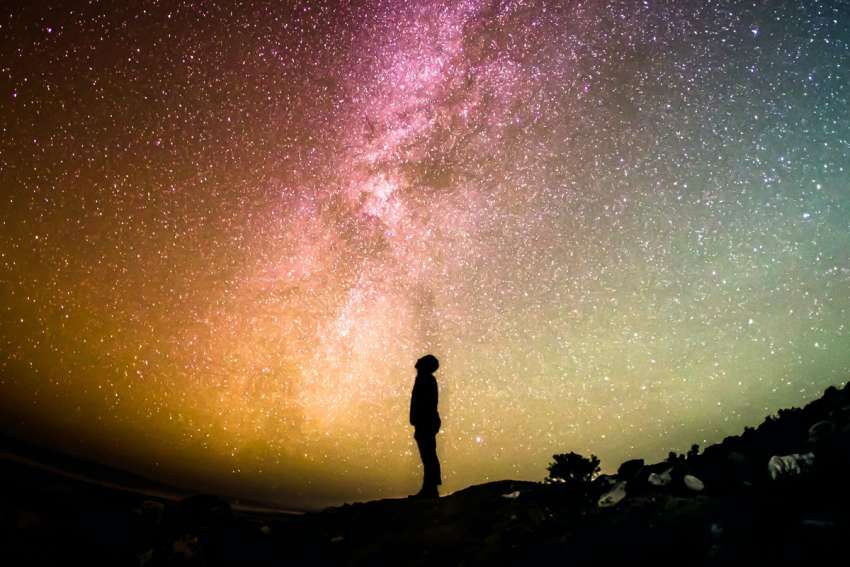It is so tremendously difficult to reconcile mortality with the miracle of humanity.
How is it that living and breathing people come from dust? How is that this one planet we live on gets enough sunlight and water to sustain life? How unimaginable that any one of us exists at all, given how many ancestors had to live and connect just for us to be born?
Everything that has been born into being is passing away. The Beginning of everything is also the End.
And the fact of it does not make it more palatable. The inevitability of death does not make it less painful for those of us created in the image of the Creator. We were made, according to Ecclesiastes, for eternity and set in time. The part of us linked to divinity feels the pain of death in ways the leaves do not.
But I am sifting the dirt from my succulents through my hands this November. The pots sat on my deck well into October in an extended fall season in Saskatchewan. I rescued them before the snow fell and then transplanted and repotted on the table instead of outside. The soil is weathered from the season, marked by a hailstorm, full of roots and spiders and fallen leaves. It held the plants and water, resisted the wind.
This dirt is dark and dusty. It strains rather than holds water. It is a specific soil for succulents to thrive in. Not all succulents have the chance to grow in it, but I seek it out and sift out what I can to save it for the next round of planting and growing. I sift the dust and remember my sister and daughter and ancestors turned to ashes.
The limited and precarious nature of life makes it all the more miraculous. Knowing that nothing is permanent, it is especially significant that we create beautiful things, seek out love, build societies and block towers. We have this pervasive hope that living matters.
This week, the world lost an extraordinary man — a scholar I first encountered through his writing and then had the chance to meet. Richard Gaillardetz’s writing on the Church gave me permission to believe that a community of believers is bigger and more nuanced than any single perspective. His teaching modeled faithfulness and creativity. He presented a spirituality of marriage that was grounded in lived experience. His scholarship expanded my thinking; his mentorship gave me space to grow. He gave me the gift of his time and conversation at several key moments over more than 15 years.
Here’s the thing about dust. Each speck is such an incredible part of creation. Tiny bits of sand and silt and clay hold our feet upon the earth. Different places offer different soil. The red earth of Prince Edward Island. The white sand beaches along the South Saskatchewan River. The rocky and treed shores of northern lakes. The dust we grow in and walk on shapes the people we become. And we in turn become dust that gives life to others.
When clouds of dust and gas collapse in space, stars emerge.
All these souls merged with dust that have heartbeats and breath, wandering around in the world. And I get to bear witness to a tiny sliver of these dust-people. To be formed and shaped and breathed into by these extraordinary forms of clay.
Hearts made from the elements of the earth break with grief and loss and go on beating for another day. Breath is drawn and released, and when it is over, we return to the dust from which we came. May there be light that shines out of the collapse of the dust, giving yet more life to the world. May we walk delicately in the footprints left on the earth by the dust creatures who have shaped and loved us.
(Perrault works in Catholic health care in Saskatoon and writes and speaks about faith. Her website is leahperrault.com)


